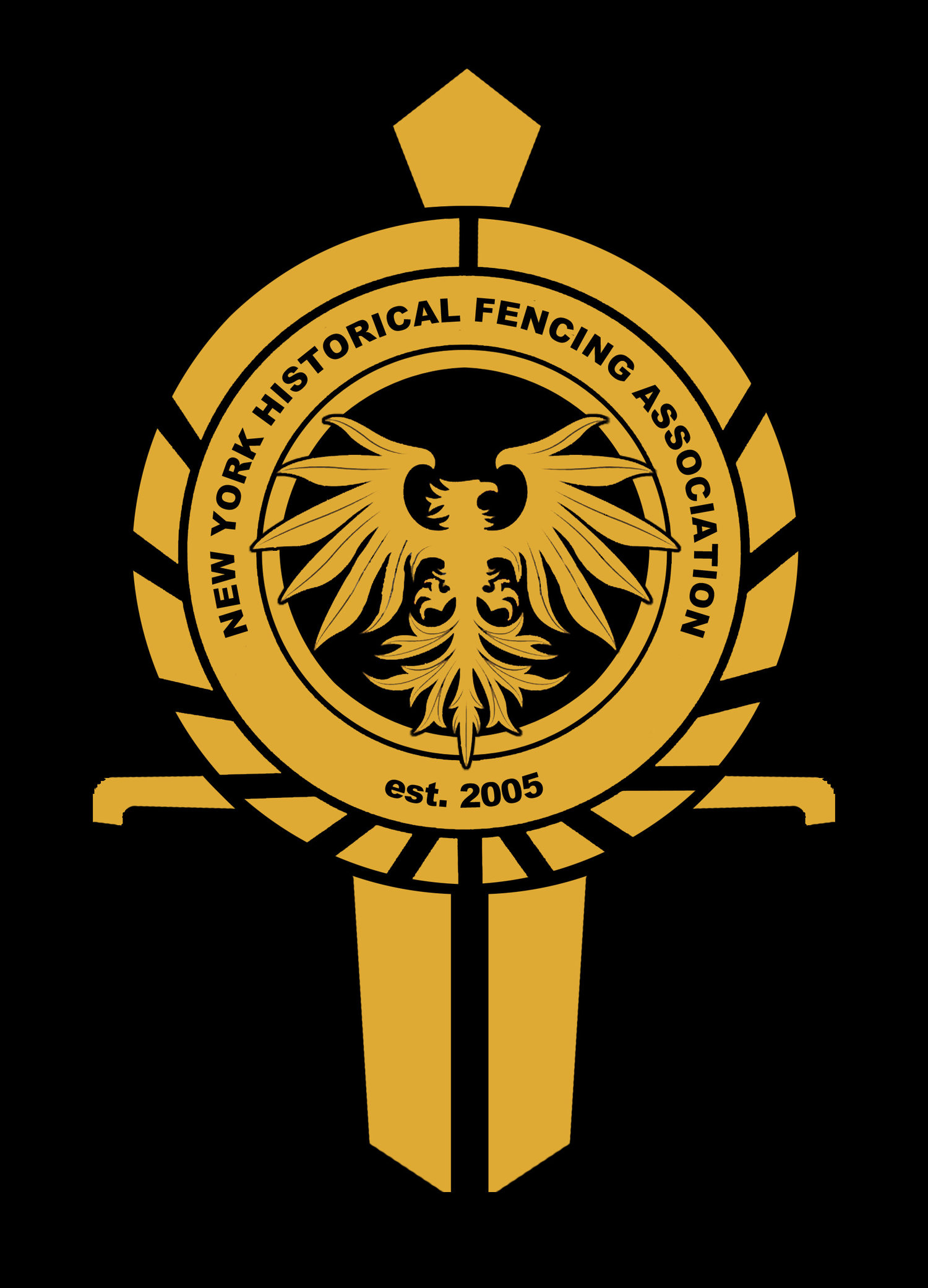A Note on Pedagogy - What It Means To Teach a Martial Art
In the world of high stakes competition, there is a natural selection process for who gets the attention of the coaches, who gets picked for the team and who gets to play while the rest sit on a bench. This type of aptitude based filtering often seeps into competition oriented classes as well. It is natural to focus on those who put in more effort than those who do not. Largely, this is a good thing. The instructor (or "coach" in competitive pursuits) has limited time and resources, and he or she also has goals that must be achieved. To spend those resources on people who don't want to do their part is a waste of time that is unfair to those who do try.
In a martial arts setting, the same tendencies tend to manifest. Students who don't try very hard tend to receive less attention than those who give it their all. In both competition and martial oriented pursuits, a particular problem arises when a student tries as hard as he or she knows how, but still doesn't make progress. This could be because of a learning disability, a physical disability or other such issue.
In HEMA, I have seen such people ignored and left to struggle way too often for my liking. I myself have been guilty of the same, though I like to think not as guilty as I could have been. I have worked with difficult cases before, and I succeeded in showing them how to try, though they have not always succeeded in using that knowledge. I have been teaching martial arts since I was 20 years old, which makes it 26 years now, and I have made many mistakes. I hope that those who come after me can learn from them.
There are two things that we must consider when we examine these problems in a martial context. The key word in martial arts is "martial," which means relating to war. A war is not fought by a single person or a small group of elite champions. Wars are fought by armies, and armies are made up of a lot of people working together. The best special forces unit on the planet would be massacred by a conventional army in open battle. Odds are, you've heard of the expression, "an army can only move as fast as its slowest unit." This applies to all things martial, even on an individual level. There are no even playing fields in combat, and so you are only as good as your least developed skill.
The other issue is that in all pursuits involving more than one person, be they competitive or martial, those who engage in those pursuits together need to work together. Solo practice is perhaps the most important form of practice, but you can never become great doing only solo drills. You need your training partners, and they need you. Only when you work together can you do what it takes to succeed. Being antagonistic and/or trying to "win" drills hurts your training partner, but it also hurts you. Particularly if your training partner reciprocates. As a teacher, it is your responsibility not only to make sure that people are working together, but that they are developing their skills in balance.
A big part of teaching martial arts is not leaving anyone behind, so long as they try. Learn to tell the difference between someone who doesn't care and doesn't put in the effort and someone who does care, does put in the effort, but doesn't progress. Most importantly, don't convince yourself that the latter is actually the former because you don't want to deal with them. Those who only teach and work with the talented students are not good teachers. They are selfish. This is a little different in a competitive pursuit, where selecting the best and purging the rest is a significant part of a good coach's or team manager's skill set.
When you teach a martial art, always keep in mind that it's not about you. You are there because you have made a commitment to pass your knowledge and experience on to others, and that comes with a tremendous responsibility. The best martial arts teacher I have ever trained with has a saying, "The teacher gives 10%, the other 90% is up to the student." Be sure you give that same 10% to everyone. Some students may need 15%, and that's okay too. If they don't do their part, that's on them. But if you don't do your part, you need to recognize that and correct your approach. Otherwise, you dishonor yourself, your school and your art.
